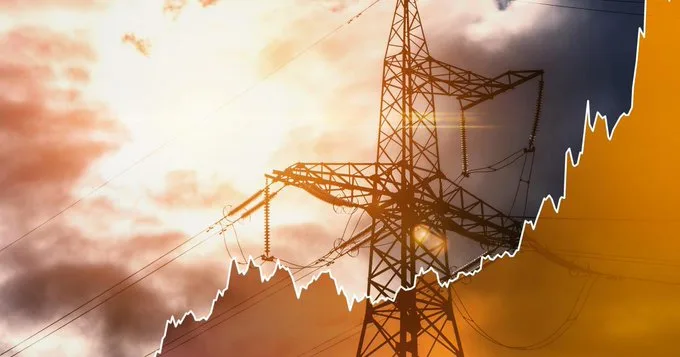Shibhaljazeera Net | Economy
The global energy market is experiencing rapid developments, with new forecasts from the World Bank and other institutions regarding oil supplies and commodity prices.
Energy Supplies and Commodity Prices
According to the World Bank, commodity prices are expected to fall to their lowest levels in five years by 2025. These declines are occurring amid an unprecedented abundance of oil supplies, which are likely to mitigate the negative economic impacts caused by geopolitical tensions in the Middle East. However, commodity prices will still be about 30% higher than the averages during the five years preceding the COVID-19 pandemic.
The World Bank also forecasts that global oil supply will exceed demand by 1.2 million barrels per day in 2025, a surplus that has only been surpassed twice in modern history, including during the COVID-19 lockdowns.
Changes in the Chinese market, where oil demand has stabilized since 2023, point to shifts in industrial production and an increase in electric vehicle sales, which also affect global oil supplies.
Restoring Shipment Movement
In related news, the Panama Canal Authority is working to restore the movement of ships carrying U.S. liquefied natural gas (LNG) to Asia, following a significant decline in traffic due to drought. With the anticipated recovery of Asian demand for natural gas, it will require an increase in shipments through the canal next year.
Developments in the United States and China
The U.S. Department of Energy has announced a new request for three million barrels of oil to support the Strategic Petroleum Reserve between April and May 2025. Meanwhile, China plans to reduce its exports of refined petroleum products by 12.4% in November, reflecting the challenges it faces in the global market.
Corporate Profits and Market Pressures
Austrian company OMV is facing a 20% decline in profits for the third quarter of 2024 due to weak oil trade. Saudi Aramco indicates that Southern countries consume only one-tenth of global energy consumption, highlighting the gap between energy consumption in the North and South.
Aramco is also working on establishing the largest emissions-reduction center in the Kingdom, which is expected to be completed by the end of 2027.
Oil and Energy Prices in America
In the United States, gasoline prices have fallen below $3 per gallon for the first time since 2021, reflecting the impact of declining global oil prices.
Debt and Challenges in Saudi Arabia
Saudi Arabia’s reliance on debt is increasing due to lower oil revenues, with $50 billion in debt placing growing financial pressure on the Kingdom. Saudi Arabia needs the price of oil to be higher than $96 per barrel to balance its budget this year, which poses a significant challenge under current circumstances.
